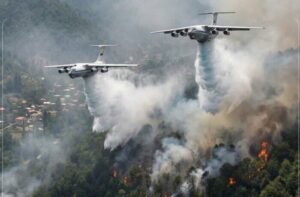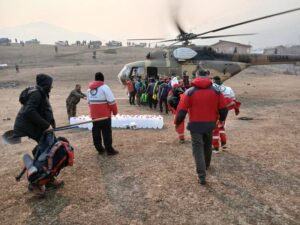Avash News: Hadi Samaei attributed this significant decline to the expansion of neonatal intensive care units (NICUs) in hospitals and the training of more than 400 neonatologists.
“In the 1980s, the infant mortality rate was 30–32 per 1,000 live births. With the development of NICUs, the training of neonatologists, and the improvement of care standards, this rate has now decreased to about 7 per 1,000 live births,” Samaei said.
He noted that prior to the COVID-19 pandemic, Iran’s performance in infant mortality compared favorably with neighboring countries. However, after the pandemic, some Persian Gulf states invested heavily in advanced equipment, reducing their infant mortality rates to below 5 per 1,000 live births.
Samaei added that while Iran’s recovery has slowed, there is a pressing need to improve support, equipment, and educational programs. “We are still behind developed countries, where the infant mortality rate is less than 4 per 1,000 live births, and achieving similar standards will require further investment and planning,” he said.
The specialist explained that before 1985, Iran did not have standard NICU units. Over the past four decades, these units have been established nationwide, alongside programs to train neonatologists. Today, more than 400 neonatologists have been trained, and NICUs providing advanced care are active in almost all major and medium-sized cities.
In recent years, Samaei emphasized, the main challenge has not been a shortage of personnel, but the need to upgrade vital equipment such as ventilators, advanced monitoring systems, smart temperature control devices, and expanded access to specialized medications for infants.
He concluded by stating that the Ministry of Health has placed the standardization and modernization of neonatal equipment high on its agenda.







